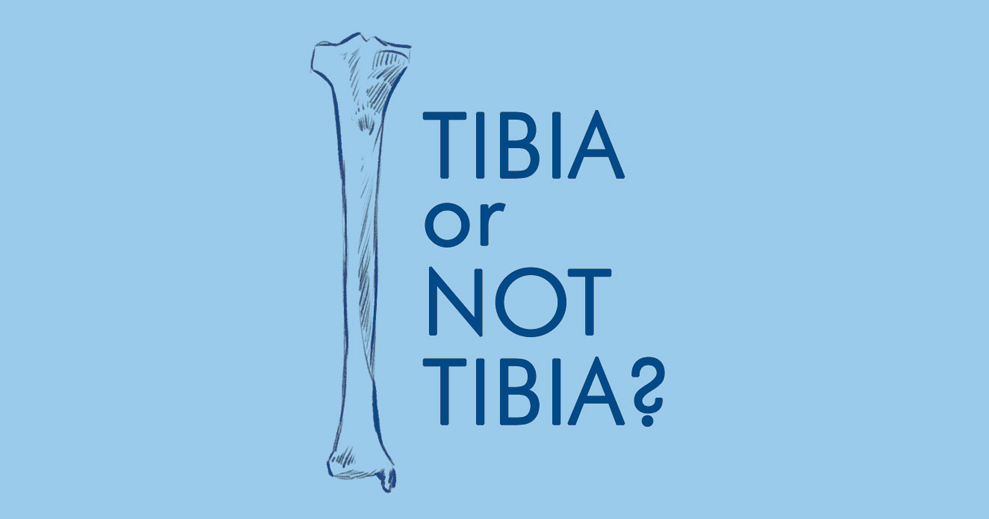
Telling medical stories without the jargon
Advice for writing on behalf of doctors and scientists
The orthopedic surgeon was baffled.
Why use the word “shinbone” in the news release about a new knee implant he was pioneering rather than the medical name?
“Who doesn’t know what a tibia is?” he asked.
“Most people,” I told him. A tibia sounds like it could be a fancy kettledrum in a band, or the name of an animated character.
This is my world. As the agency’s science writer, I draft news releases, website content, patient brochures, patient tip sheets and other materials for healthcare associations and companies, much of it geared toward consumers.
Doctors and other healthcare providers love their medical jargon, but it’s Greek to most people. (In fact, many medical terms are drawn from Greek or Latin – tibia, for example, means “flute” in Latin, for the shape of the shinbone.)
That’s where writers like me come in – helping translate medical research or expertise into consumer-friendly language.
The tricky part is writing at a seventh-grade level to ensure the final product is understandable to regular folks, yet still medically accurate. It’s a challenge I relish. Doctors spend years studying the body and learning the medical terminology used to describe it. It’s their language, and it becomes second nature.
Example: A patient who presents with chest pain, fatigue, hyperhidrosis and nausea is experiencing myocardial infarction and given thrombolysis. Translation: this person is having a heart attack and is treated with clot-busting drugs to open up his blocked arteries.
Even when they’re not using medical jargon, doctors favor terms that the average person doesn’t follow. A new treatment is “a novel approach.” A very cool solution to a problem is “elegant.” A lack of good studies on a topic leads to “a paucity of evidence.”
The truth is, medical jargon serves a purpose. It’s more precise. It’s also universal – no matter where they are from, everyone trained in medicine will understand these terms, which is key to working on a team, as healthcare workers and researchers often do.
So it’s understandable that these doctors often are reluctant to give up the precise medical language they know for simpler (and less exact) consumer-friendly terms.
However, when most of us read a newspaper or website – healthcare-related or otherwise – and we don’t understand something, we stop reading. Medical jargon is a barrier to our understanding of a new treatment or technique, or important information on how to take better care of ourselves.
In healthcare public relations, it’s our job to make healthcare news understandable, relatable and useful, yet accurate.
We help consumers visualize new devices and techniques by providing context and word pictures (cancer-zapping radioactive beads smaller than grains of rice) and using common words such as “fever” instead of “pyrexia.”


